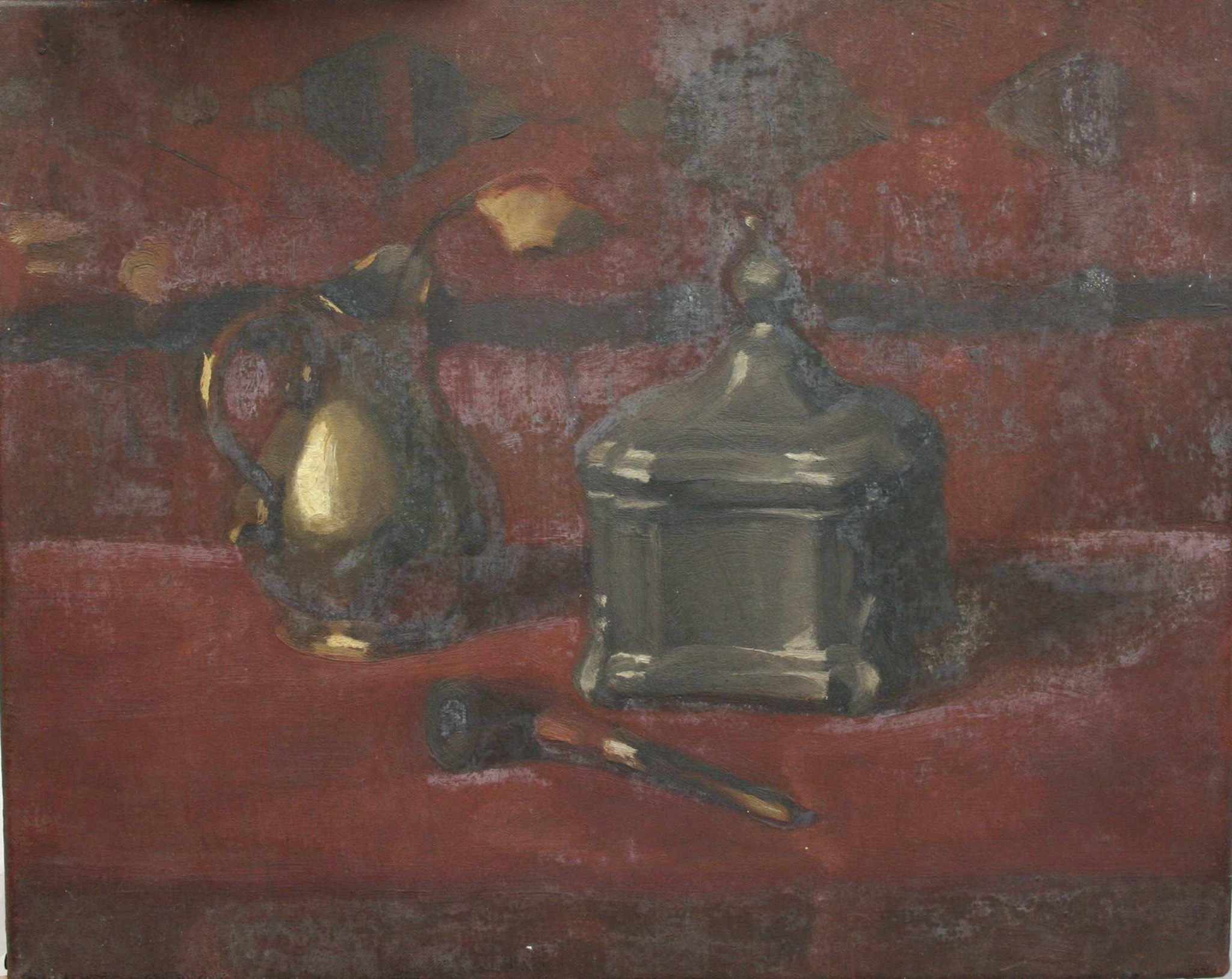
Oil Paint
Oil paint is a painting medium consisting of pigments dispersed in a drying oil as the binder.... View more
Oiling Out
-
Oiling Out
Oiling out… here are practical words from Harold Speed.
“…oiling out is a thing to be avoided if possible, as it gives one a slippery surface to paint on and introduces more oil to darken the picture in the course of time. When oiling out is necessary, the thinnest possible film that will bring up the tone of the painting should be applied.”
From his book, Oil Painting Techniques and Materials, p. 223
Even though this book is nearly a century old there is much practical advice within its pages.
Harold Speed goes on to describe how to oil-out a painting:
I have found that the best method of doing this is to apply with a large brush, not very full, a mixture of equal parts of poppy oil, turpentine or petroleum, and water, shaken up together. The water helps it to bite on the surface and cover more easily, and if left for a short time the small quantity will evaporate with the turpentine, leaving the thinnest film of oil. Any surplus should be wiped off with the palm of the hand and only enough be left on to bring up the colour.
I find the use of an emulsion of solvent, oil and water interesting but certainly not recommended.
I highly recommend this book to every oil painter:
Harold Speed (1987) Oil Painting Techniques and Materials, Dover Publication.
Log in to reply.


